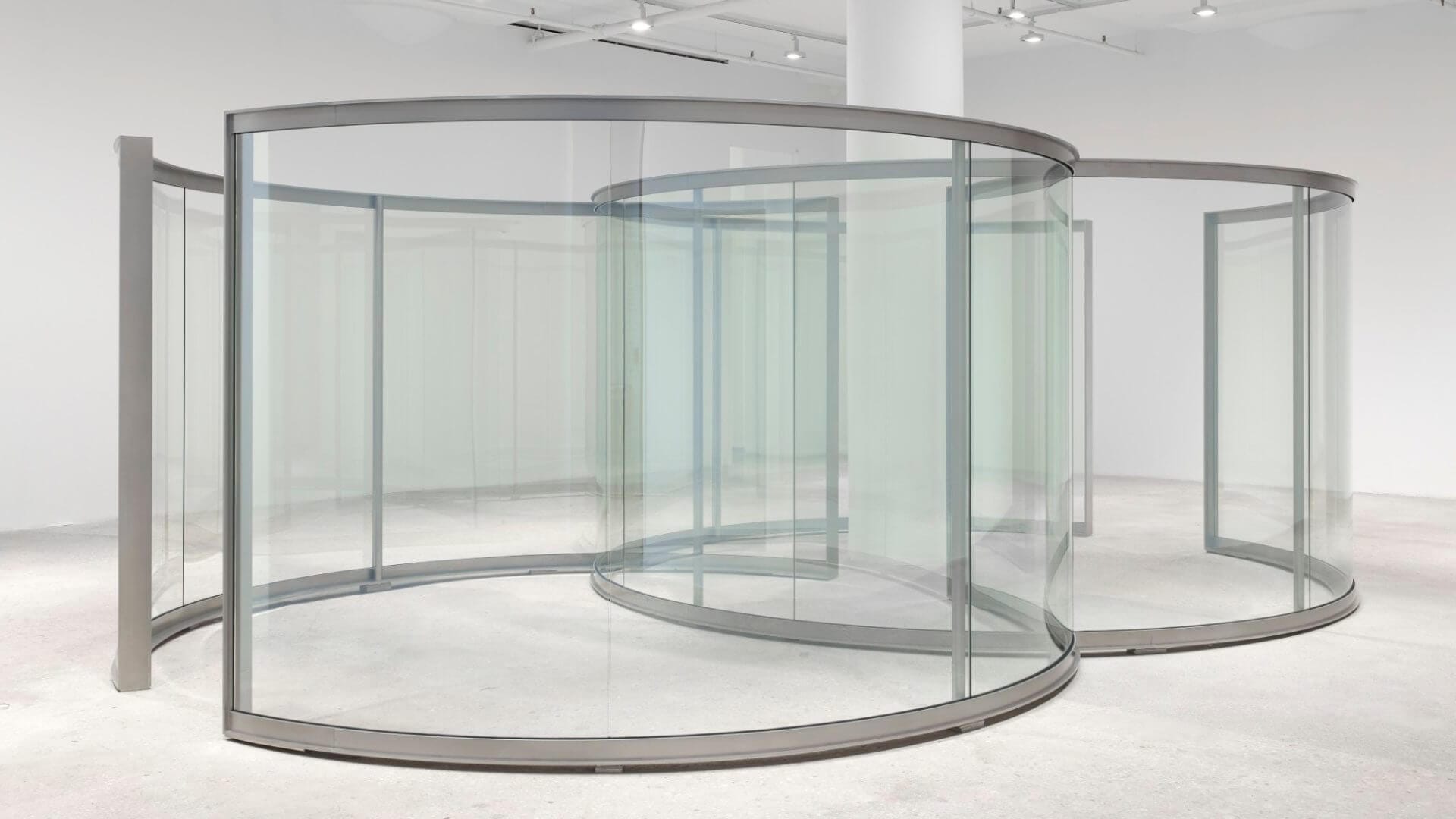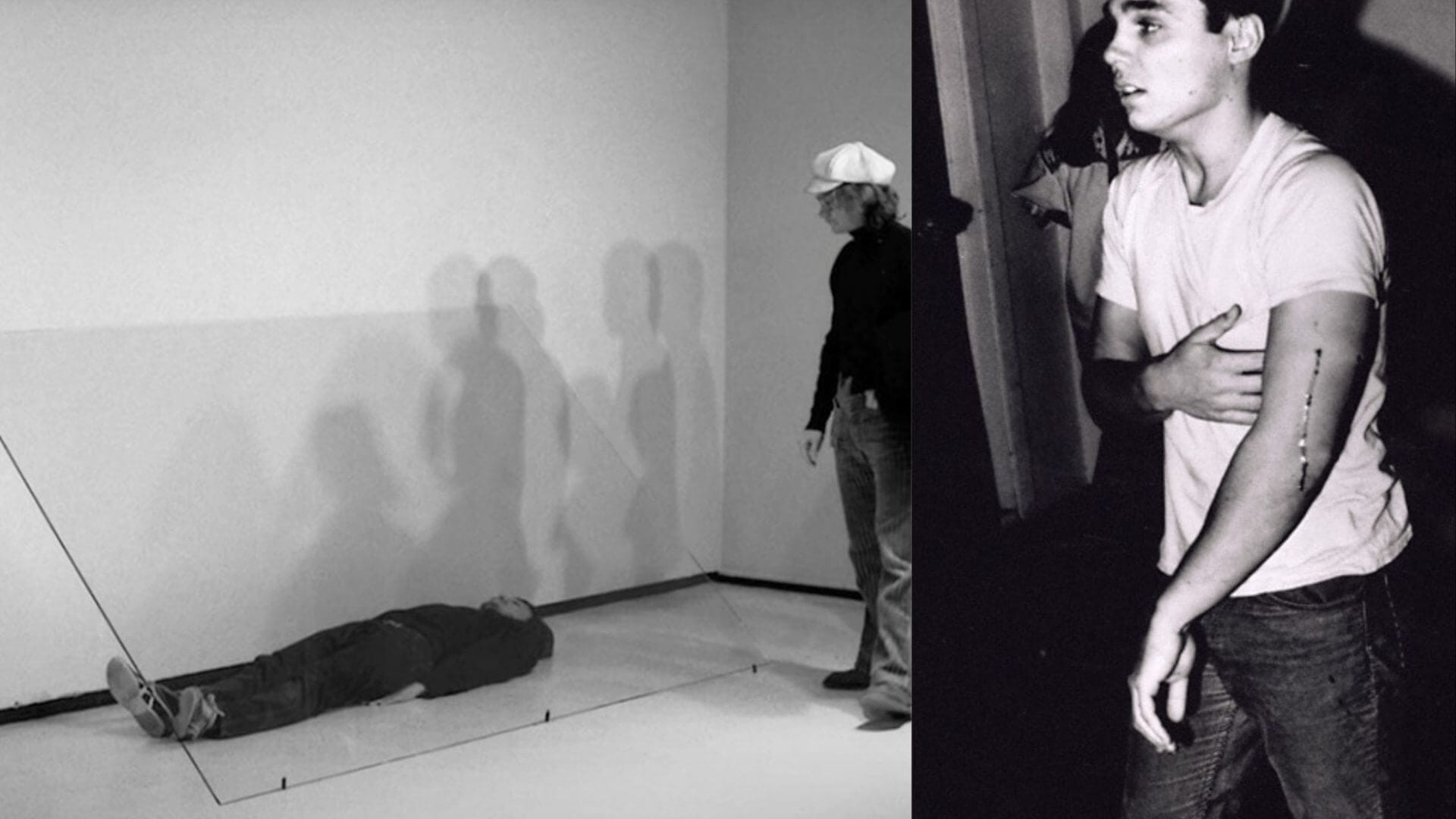Joan Jonas: The Mirror Was the First Screen
Beginnings in Reflection: The Birth of a Language In the 1960s, New York was a magnetic field of colliding languages: postmodern dance, performance, conceptual art, minimalism.It was in this context that Joan Jonas, born in 1936, began her artistic exploration, one of the first artists to understand
Jason Dodge: From Minimal Gestures to Narrative Conditions, Where Objects Become Thresholds of Meaning
We were leafing through the catalogue of an exhibition we had seen years ago at MACRO in Rome when Jason Dodge’s name began to resonate again from the pages, like a familiar call. Then we recalled that precise sensation: entering the space and not encountering a single work to contemplate, but rat
The Sculptural Unmaking: Urs Fischer and the Poetics of Disintegration
We’ve often found ourselves wondering what happens to large-scale installations once they’re dismantled. Not the portable kind, nor those conceived to be recreated elsewhere, but the massive, site-specific, time-bound constructions that seem impossible to preserve. When the exhibition ends, wher
Ian Wilson: There Was a Discussion
There was a time when conceptual artists roamed the art world. But some were more so than others. The idea that “conceptual” might be synonymous with “radical” is tempting, yet it leaves an open question: what does it truly mean to be radical, and how far can an artist really go? The story o
Seeing Yourself Seeing: James Turrell and the Politics of Perception
The first time one steps into a work by James Turrell, the effect is disarming. It might have been in 1993, during the exhibition Mapping Spaces at the Kunsthalle Basel, or perhaps at Afrum (White) (1966) exhibited at the Whitney. You walk into what seems like an empty room, quiet, dimly lit, and no
Olaf Metzel: Sculpting Conflict in the Public Sphere
Sculpture as Social Detonator: Olaf Metzel and the Language of Conflict Few contemporary artists have weaponized sculpture as incisively as Olaf Metzel. For over four decades, his work has functioned less as form and more as friction, agitating, intervening, and destabilizing the sanitized surfaces
Invisible Structures: Dan Graham and the Shapes of Critical Thinking
Dan Graham never followed a conventional artistic path. He didn’t attend art school, nor did he receive formal training in the traditional sense. And yet, he became one of the most influential artists and thinkers of the late twentieth century. His journey began in 1960s New York, a time when art
Sculpting Society: The Unfinished Revolution of Joseph Beuys
Origins of a Myth: The Body, the War, the Transformation To speak of Joseph Beuys is to enter immediately into an ambiguous space where history and myth intertwine. Born in 1921 in Krefeld, Germany, Beuys did not simply live his biography, he transformed it into material. Central to this transformat
Invisible Structures: Dan Graham and the Shapes of Critical Thinking
Dan Graham never followed a conventional artistic path. He didn’t attend art school, nor did he receive formal training in the traditional sense. And yet, he became one of the most influential artists and thinkers of the late twentieth century. His journey began in 1960s New York, a time when art
Chris Burden: The Edge Where Art Meets Risk
Some artists work within the frame. Others break it. Chris Burden made it dangerous to even stand near it. In a time when art flirted with theory and dematerialization, Burden introduced something else entirely: consequence. His work didn’t ask to be interpreted, it forced you to respond. First










